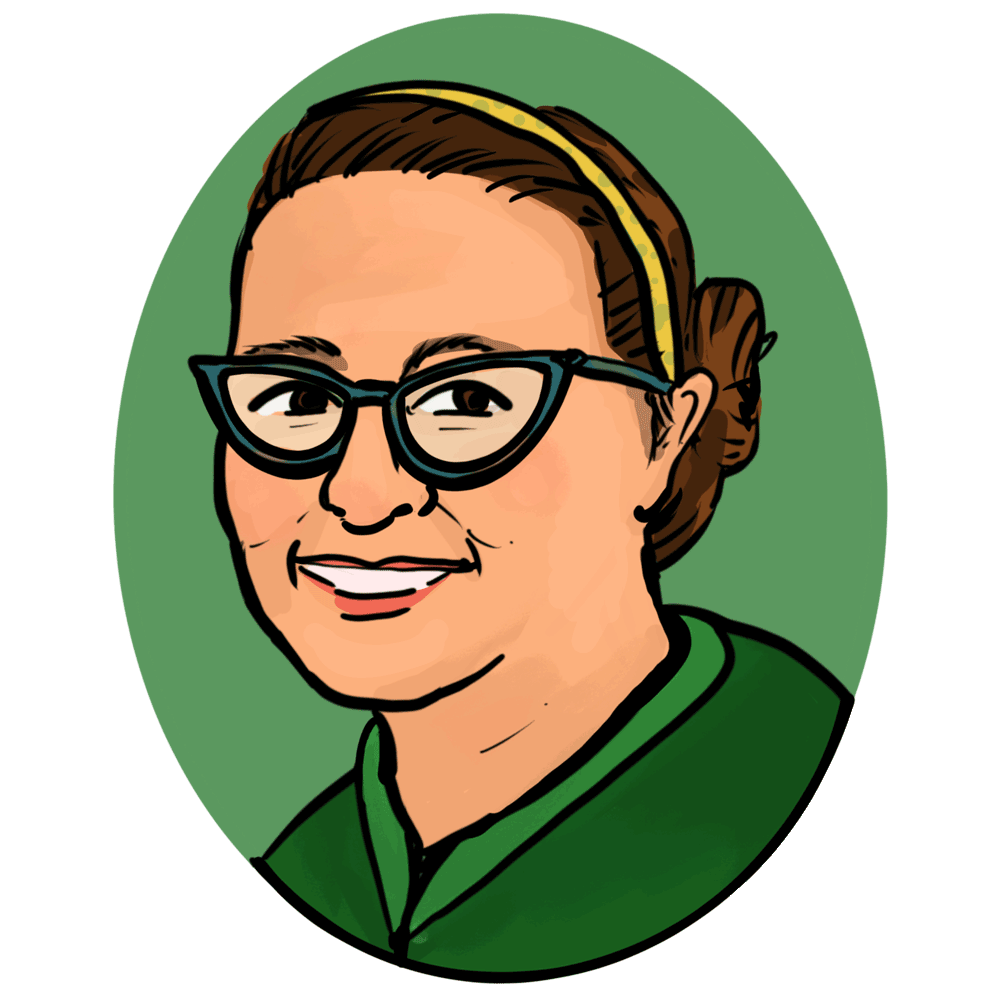Emily Vokes
Emily Vokes
Emily Vokes
b. 1930
Emily Hoskins Vokes is the world expert on murex snails from the Cenozoic Era (about 66 million years ago to the present). She has mentored over 25 students and published more than 150 scientific papers. Now retired, Emily still reviews manuscripts and corresponds with colleagues.
“. . . the collecting in the Dominican Republic is the most fantastic I have ever had the pleasure to partake of, due to the large number of muricid gastropods that occur at most localities.”
— Emily Vokes (1989) “Neogene paleontology in the northern Dominican Republic”
Emily went to Newcomb College, the women’s college for Tulane University in New Orleans. Unsure of her career path, Emily dropped out to work at Tulane’s Biophysics Laboratory. During this time, she became interested in rock identification. At age 25, Emily re-enrolled to take geology classes while still working full-time in the Biophysics Lab. She later switched to Tulane College (traditionally Tulane University men’s college) because Newcomb did not offer a geology degree.
In 1956 she met Harold Vokes (1908–1998), a new paleontology professor at Tulane. They married three years later. Emily graduated from Tulane’s College of Arts and Sciences alongside only one other woman in 1960 and later earned her Ph.D. from Tulane. Emily was hired as a lecturer and collections curator for Tulane’s Geology Department. She earned a full professorship at Newcomb College, where she chaired the Geology Department and worked as Newcomb’s Acting Dean.
Emily and Harold loved working together. They took trips around the world to study living and fossil mollusks. They also founded and edited a new scientific journal, Tulane Studies in Geology and Paleontology. Harold died in 1998. After retiring, Emily donated the couple’s extensive specimen collection to the Paleontological Research Institution, the Smithsonian National Museum of Natural History, and the Florida Museum of Natural History.
Dominican Republic fossils
The 5- to 6-million-year-old fossil specimens shown below were collected in the Dominican Republic by Emily and Harold Vokes. Several representative species of murex (or muricid) snails studied by Emily Vokes are shown.
Selected works by Emily Vokes
Vokes, E.H. 1979. The age of the Baitoa Formation, Dominican Republic, using Mollusca for correlation. Tulane Studies in Geology and Paleontology 15: 105–116. Link
Vokes, E.H. 1988. Muricidae (Mollusca: Gastropoda) of the Esmeralda Beds, northwestern Ecuador. Tulane Studies in Geology and Paleontology 21: 1–50. Link
Vokes, E.H. 1989. Neogene paleontology in the northern Dominican Republic. 8. The family Muricidae (Mollusca: Gastropoda). Bulletins of American Paleontology 97(332): 1–94. Link
Vokes, E.H. 1992. Cenozoic Muricidae of the western Atlantic region Part IX - Pterynotus, Poirieria, Aspella, Dermomurex, Calotrophon, Acantholabia, and Attiliosa; additions and corrections. Tulane Studies in Geology and Paleontology 25: 1–108. Link
Biographical references & further reading
Allmon, W. 1998. Harold E. Vokes 1908–1998. American Paleontologist 6: 20.
Dockery, D.T., III. 1996. The retirement of Dr. Emily H. Vokes from Tulane University. The close of an era in molluscan research. Mississippi Geology 17(4): 83–85. Link
Garcia, E. 1998. I remember Harold. American Conchologist 26: 23.
Scheu, L. 1997. Side by side in the footsteps of Darwin. American Conchologist 26: 10–13.
Vokes, E.H. 1998. Harold Ernest Vokes, June 27, 1908–September 16, 1998. American Conchologist 26: 4.
Vokes, E.H. 1998. Harold Ernest Vokes, 1908–1998. Tulane Geology Newsletter No. 25: 2–3.
Walker, S.E. 2001. Marvelously matched malacologists: Harold and Emily Vokes. Palaeogeography, Palaeoclimatology, Palaeoecology 166 3–7. Link













